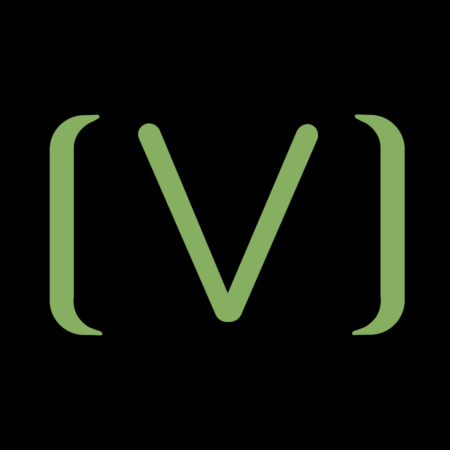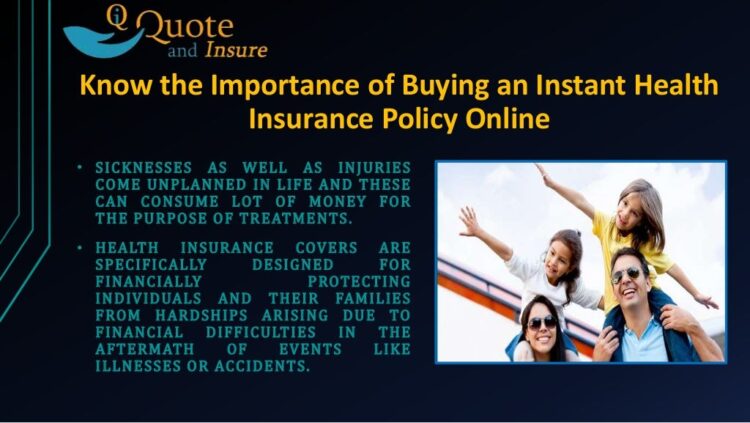
Market Overview
The medical health insurance industry is a dynamic and evolving sector that plays a crucial role in providing financial protection against healthcare expenses. The industry landscape is characterized by a mix of established players and emerging challengers, each vying for market share in a competitive environment.
Among the major players in the industry are large, well-established insurance companies with a significant market presence. These companies have built a strong reputation for reliability, financial stability, and a wide range of coverage options. However, they may also face challenges in adapting to changing consumer preferences and the evolving regulatory landscape.
In recent years, the industry has witnessed the emergence of new entrants, including technology-driven startups and specialized insurers. These companies often leverage innovative approaches, such as data analytics and personalized coverage options, to cater to the evolving needs of consumers. Their presence has intensified competition and forced traditional players to adapt their strategies.
Growth Potential
The medical health insurance industry is expected to continue its growth trajectory in the coming years, driven by several factors. Rising healthcare costs, increasing demand for specialized treatments, and an aging population are all contributing to the growing need for comprehensive health insurance coverage.
Furthermore, government initiatives aimed at expanding access to healthcare, such as the Affordable Care Act in the United States, have played a significant role in driving industry growth. As more individuals gain access to insurance, the market is expected to expand further.
Challenges
Despite its growth potential, the medical health insurance industry faces several challenges that could impact its future development. One of the primary challenges is the rising cost of healthcare, which puts pressure on insurers to manage expenses while maintaining the quality of coverage.
Another challenge is the increasing prevalence of chronic diseases, which require specialized and often expensive treatments. This can lead to higher premiums and out-of-pocket costs for policyholders, potentially limiting the affordability of health insurance.
Regulatory changes also pose challenges to the industry. Governments around the world are constantly reviewing and revising healthcare regulations, which can impact the way insurers operate and the coverage they can offer.
Consumer Demand and Preferences
The demand for medical health insurance quotes is driven by various factors, including the rising cost of healthcare, increasing health consciousness, and the growing availability of online quote-comparison platforms. Consumers seeking medical health insurance quotes come from diverse demographic and psychographic backgrounds.
Key factors influencing consumer decisions include coverage, cost, and provider network. Consumers prioritize coverage that meets their specific healthcare needs and budget constraints. They also consider the reputation and financial stability of insurance providers, as well as the availability of preferred healthcare providers within the network.
Impact of Technology on Consumer Behavior
Technology has significantly impacted consumer behavior in the medical health insurance market. Online quote-comparison platforms have made it easier for consumers to compare plans from multiple providers and find the best coverage at the most competitive rates. Mobile applications and online chatbots have also simplified the quote-seeking process, providing consumers with instant access to information and support.
Marketing and Sales Strategies

To effectively market and sell medical health insurance quotes, a comprehensive strategy that addresses target audience reach, consumer education, and a streamlined quote-seeking process is essential.
Effective Marketing Channels
Identifying the most effective marketing channels for reaching target audiences is crucial. Consider the following:
- Online advertising: Targeted ads on search engines, social media, and health-related websites can reach a wide audience.
- Content marketing: Creating valuable content that educates and informs consumers can establish thought leadership and attract potential customers.
- Partnerships: Collaborating with healthcare providers, employers, and community organizations can expand reach and credibility.
- Email marketing: Nurturing leads through email campaigns can provide personalized information and promote quotes.
Content Marketing Strategy
A well-crafted content marketing strategy is essential for educating and engaging consumers. Consider the following:
- Develop targeted content: Create content that addresses specific consumer needs, such as comparing plans, understanding coverage, and managing costs.
- Utilize multiple formats: Diversify content formats to cater to different learning styles, including articles, videos, infographics, and interactive tools.
- Promote on multiple channels: Distribute content across various platforms, including company website, social media, and partner websites.
- Engage with consumers: Encourage interaction through comments, questions, and social media discussions.
Sales Funnel
A well-defined sales funnel guides consumers through the quote-seeking process, increasing conversion rates. Consider the following:
- Awareness: Create content and ads to generate awareness about the insurance offering.
- Interest: Provide valuable information to educate consumers and generate interest in obtaining a quote.
- Consideration: Enable consumers to compare plans and get personalized quotes easily.
- Decision: Assist consumers in selecting the most suitable plan and completing the enrollment process.
Technology and Innovation
The medical health insurance industry is undergoing a technological transformation, with the adoption of innovative solutions that streamline processes and enhance customer experiences. This transformation is driven by the growing adoption of artificial intelligence (AI), machine learning (ML), and other emerging technologies.
AI and ML are being used in underwriting and pricing to assess risk more accurately and efficiently. These technologies analyze vast amounts of data, including medical records, claims history, and lifestyle factors, to determine the likelihood of future health events. This enables insurers to provide more personalized and competitive quotes, tailored to the individual needs of each applicant.
Emerging Technologies
In addition to AI and ML, several other emerging technologies have the potential to disrupt the medical health insurance industry. These include:
- Blockchain: Blockchain technology can enhance the security and transparency of insurance transactions, reducing fraud and improving trust.
- Telemedicine: Telemedicine platforms allow patients to consult with doctors remotely, reducing the need for in-person appointments and making healthcare more accessible.
- Wearable devices: Wearable devices can track health metrics such as heart rate, sleep patterns, and physical activity, providing insurers with valuable data for underwriting and pricing.
Regulatory Environment
The medical health insurance industry is heavily regulated to ensure consumer protection, maintain market stability, and promote fair competition. These regulations impact various aspects of the industry, including product design, pricing, and consumer protections.
Product Design
Regulations influence the design of medical health insurance products, ensuring they meet specific standards and provide essential coverage. For example, the Affordable Care Act (ACA) mandates that all health insurance plans cover a comprehensive set of essential health benefits, including preventive care, hospitalization, and prescription drugs.
Pricing
Regulations also govern the pricing of medical health insurance plans. Insurers must file their rates with state regulators for review and approval. Regulations often include provisions to prevent excessive pricing and ensure that premiums are reasonable and affordable for consumers.
Consumer Protections
Consumer protections are a key focus of the regulatory framework. Regulations ensure that consumers have access to clear and accurate information about their insurance plans, including coverage details, costs, and exclusions. They also protect consumers from unfair or deceptive practices, such as denial of coverage or cancellation without正当理由.
Potential Regulatory Changes
The regulatory environment is constantly evolving, with potential changes that could significantly impact the industry. These include:
- Expansion of health insurance coverage to include more individuals
- Changes to the essential health benefits package
- Increased regulation of insurance premiums and out-of-pocket costs
These potential changes underscore the dynamic nature of the regulatory environment and its impact on the medical health insurance industry.





